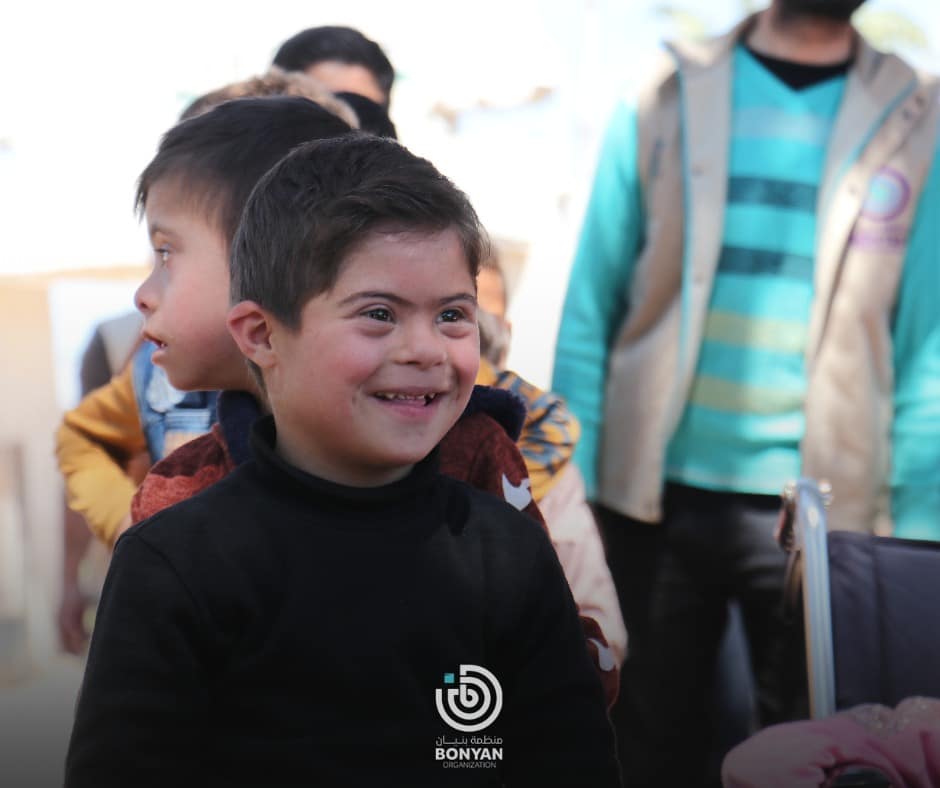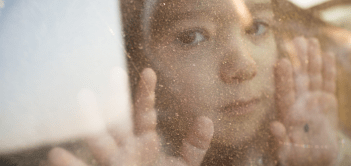Down syndrome is a genetic condition that affects the development of cognitive abilities, motor skills, and social interactions.
However, children with Down syndrome also have a unique set of strengths, challenges, and abilities regarding artistic expression.
Art can provide a platform for self-expression, communication, emotional regulation, and social connections.
This article will explore the benefits of artistic expression and creativity for children with Down syndrome and strategies to encourage and promote art in children with Down syndrome.
How Down Syndrome affects cognitive, motor, and social development
Here are some ways in which Down syndrome can impact development:
- Cognitive development: Children with Down syndrome often experience delays in cognitive development, particularly in areas such as language and memory.
- Motor development: Children with Down syndrome may have delays in motor development, such as walking and running, and may require physical therapy to develop these skills.
- Social development: Children with Down syndrome may experience delays in social development, such as making friends and understanding social cues, leading to isolation and loneliness.
Unique strengths and challenges of children with Down Syndrome in artistic expression
Children with Down syndrome have unique strengths and challenges in artistic expression. Some of their unique strengths include:
- A keen eye for visual detail: Many children with Down syndrome can observe and focus on details in the visual world.
- Strong visual-spatial skills: They often have solid skills to help them understand and create visual art.
- A love for music: Music can be a powerful tool to express themselves, as they often have an innate passion for music and rhythm.
However, there are also some challenges that children with Down syndrome may face in the cognitive area of artistic expressions, such as:
- Fine motor difficulties: Many children with Down syndrome may need help with fine motor skills, making holding and manipulating art materials difficult for them.
- Limited verbal communication: Some children with Down syndrome may have limited verbal communication skills, making it challenging to express themselves through language.
The role of art in promoting emotional, social, and cognitive well-being in children with Down Syndrome
Through art, children with Down Syndrome can:
- Express themselves.
- Build confidence and self-esteem.
- Improve social skills.
- Enhance cognitive skills.
Benefits of artistic expression and creativity for children with Down Syndrome
Artistic expression and creativity can provide numerous benefits for children with Down Syndrome. Here are the most prominent ones:
Enhancing cognitive and motor skills through art activities
Art activities help enhance cognitive and motor skills in children with Down syndrome.
Art can stimulate the brain, promoting the development of problem-solving, critical thinking, and decision-making skills.
Additionally, art can help this category of children develop fine motor skills and hand-eye coordination, which can be challenging for children with Down syndrome.
Building self-esteem and self-confidence through self-expression
Artistic expression can help children with Down syndrome build self-esteem and self-confidence.
Children can develop a sense of pride and accomplishment by creating and sharing their artwork.
Also, artistic expression provides an opportunity for self-expression, allowing those children to share their ideas, feelings, and experiences.

Facilitating emotional regulation and communication through art
Art can be a valuable tool for facilitating emotional regulation and communication in children with Down syndrome.
Children can learn to express and regulate emotions through art activities in a safe and creative environment.
Moreover, art provides a medium for nonverbal communication, allowing children to communicate their ideas and feelings differently.
Fostering social connections and relationships through collaborative art projects
Collaborative art projects can foster social connections and relationships in children with Down syndrome.
Working together on an art project provides opportunities for children to connect with others, develop teamwork and social skills, and build friendships.
Strategies for encouraging artistic expression and creativity in children with Down Syndrome
Encouraging artistic expression and creativity in children with Down syndrome is a rewarding experience.
Here are some strategies for enhancing this category of children’s artistic expression and creativity:
Creating a supportive and inclusive art environment
At Bonyan Organization, we work round the clock to create a supportive and inclusive artistic environment to enhance creative expression and creativity in children, especially those with Down syndrome.
We ensure that Down syndrome children have a specific space to express their artistic inclinations in a safe and welcoming manner.
We also make sure that every child has the materials and tools tailored to their needs.
Tailoring art activities to individual abilities and interests
Art activities should be tailored to each child’s skills and interests.
This can involve adjusting the materials and tools to suit each Down syndrome child’s needs or modifying the training to make it more accessible.
Using adaptive art materials and tools
Examples of adaptive materials and tools include special pencils or brushes, specifically designed scissors, and adaptive easels or workstations.
Using adaptive art materials and tools helps children overcome physical and sensory challenges, allowing them to participate fully in the art activity.
Donate to support children with Down Syndrome
Bonyan Organization calls upon you to join our charitable activities and support children with Down syndromes in affected countries, such as Syria and Yemen, where we strive to improve the lives of those children with our early intervention programs in many areas, like healthcare and education.
Your donations will make a significant development in the lives of these children, helping to provide them with the resources and support they need to prosper.
Resources:
- https://www.massgeneral.org/children/down-syndrome/behaviors-of-children-with-down-syndrome
- https://library.down-syndrome.org/en-gb/news-update/04/3/creative-arts-imagination-expression-important-way-being-sharing-feeling/
- https://www.cdc.gov/ncbddd/birthdefects/downsyndrome.html
FAQ
Are people with Down syndrome more creative?
No scientific evidence suggests that people with Down syndrome are inherently more creative than those without the condition.
However, some research indicates that all people with Down syndrome are gifted with talents. It could be poetry, creative art, or even reading other people’s emotions.
How does art help people with Down syndrome?
Art can help people with Down syndrome in several ways. For example:
1. Providing a means of self-expression.
2. Helping to develop cognitive and motor skills.
3. Boosting self-esteem and confidence.
4. Facilitating emotional regulation and communication.
Why is artistic expression so important for children?
Artistic expression is important for children because it allows them to explore and develop their creativity, imagination, and self-expression.
It can also help to foster emotional regulation and communication, enhance cognitive and motor skills, and promote social connections and relationships.
How do arts-based centers nurture children’s creative expression?
Arts-based centers provide a supportive and inclusive environment for children to explore and develop their artistic abilities.
Bonyan Organization offers tailored art activities to suit individual abilities and interests, where they can use adaptive art materials and tools.



